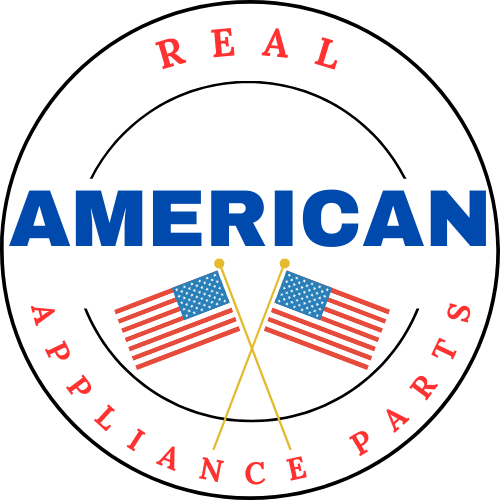Appliance Repair Success in 2025: Key Metrics and Benchmarks for Growth
The appliance repair industry is evolving rapidly, and success in 2025 will be defined by specific benchmarks and metrics. To stay ahead, businesses must focus on key performance indicators (KPIs) that signal long-term growth, customer satisfaction, and financial stability. Here’s what success looks like for appliance repair companies in 2025 and how you can measure it.
1. Customer Satisfaction and Retention
A satisfied customer base is the backbone of any thriving repair business. In 2025, companies should aim for:
- Customer Satisfaction Score (CSAT): Aim for at least 90% satisfaction based on post-service surveys.
- Net Promoter Score (NPS): A score above 50 indicates strong customer loyalty.
- Repeat Business Rate: At least 40% of customers should return for future repairs or maintenance services.
2. Revenue and Profit Margins
Financial stability is a clear sign of success. Appliance repair businesses should track:
- Annual Revenue Growth: A steady increase of 10-20% per year is a good benchmark.
- Profit Margins: Aim for at least 15-20% net profit margin.
- Average Ticket Price: Increase the value of each service call by offering add-ons such as maintenance plans.
3. Efficiency and Productivity
Success in 2025 will depend on how efficiently businesses operate. Key metrics include:
- First-Time Fix Rate (FTFR): A rate above 80% indicates strong technical expertise and diagnostic accuracy.
- Service Call Completion Time: The average repair time should be under 60 minutes for common appliances.
- Technician Utilization Rate: Technicians should be actively engaged at least 75% of their working hours.
4. Digital Presence and Online Reviews
With more customers relying on online research, a strong digital footprint is crucial. Businesses should aim for:
- Google My Business Rating: Maintain a 4.5-star rating or higher.
- Online Review Volume: Gain at least 20 new positive reviews per month.
- Website Traffic and Conversion: Optimize your website to achieve a 5-10% conversion rate from visitors to booked appointments.
5. Marketing and Lead Generation
An effective marketing strategy will drive continuous growth. Track these benchmarks:
- Customer Acquisition Cost (CAC): Keep CAC below 10% of the average job revenue.
- Return on Ad Spend (ROAS): Aim for a 4:1 ratio (every $1 spent should generate $4 in revenue).
- Referral Business: At least 30% of new customers should come from word-of-mouth referrals.
6. Employee Satisfaction and Retention
A motivated and skilled workforce leads to better service and long-term success. Metrics to watch:
- Employee Retention Rate: Aim for 85% or higher.
- Training Investment: Dedicate at least 5% of revenue to ongoing training and certifications.
- Workplace Satisfaction Score: Maintain a rating of 80% or higher based on employee feedback surveys.
7. Adoption of Technology
Success in 2025 requires leveraging modern technology for efficiency and customer convenience. Key indicators include:
- Use of Field Management Software: Implement software to automate scheduling, invoicing, and dispatching.
- Customer Self-Service Options: Offer online booking, chat support, and automated follow-ups.
- Integration with Smart Home Tech: Stay ahead by providing expertise in smart appliance repairs.
8. Sustainability and Eco-Friendly Practices
Environmental responsibility is becoming an essential part of business success. Companies should measure:
- Use of Energy-Efficient Parts: Prioritize repairs with eco-friendly components.
- Waste Reduction: Minimize landfill waste by increasing parts recycling efforts.
- Green Certifications: Attain industry-recognized sustainability certifications.
Final Thoughts
In 2025, appliance repair success will be measured by more than just revenue. Companies that focus on customer satisfaction, operational efficiency, digital presence, and sustainability will stand out in the competitive landscape. By tracking these key metrics and continuously improving, your business can thrive in the evolving market and maintain long-term success.
